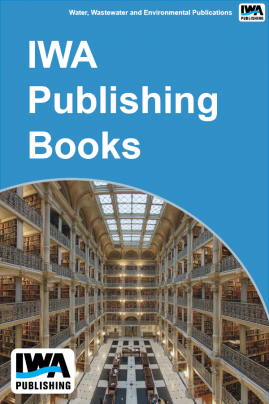 |
Understanding Viability of Pathogens During Disinfection
Understanding Viability of Pathogens During Disinfection

Municipal wastewater is the largest reservoir of enterobacteria (total coliforms) and a host of other microorganisms. Wastewater also harbors a range of pathogenic, opportunistic pathogenic, and nonpathogenic species. The public health significance of this reservoir may depend upon the physiological status of the wastewater microbial community. Viability and culturability are integral aspects of bacterial physiology but their relationship in the context of wastewater processing and disinfection are poorly understood. While culturable microbes must be viable, viable organisms may not be culturable, but they can retain metabolic activity, membrane integrity, and the capacity to resume culturability (growth). The ability of an organism to be cultured can be a variable trait. Transient loss of culturability precipitated by disinfection would confound containment assessment and pathogen control. To better understand the relationship between coliform physiology and disinfection, culture-independent methods are necessary. Such methods can avoid culture-bias and the loss of information reflecting the in situ experience of resident organisms. While the relationship between viable but not culturable bacterial pathogens to public health risk is important, it remains poorly understood and outside the scope of the current study.
In this study, two culture independent methods were used to examine in situ coliform physiology and taxonomic identity during wastewater processing and disinfection. The protein profiling method employed fluor-coupled coliform-specific antibodies and demonstrated that biological treatment regimens produce physiologically different coliform communities readily distinguished by their sensitivity to disinfection. A new culture-independent method called mRNA profiling was developed using fluor-coupled DNA probes to simultaneously assess wastewater coliform physiology and taxonomic identity. The mRNA profiling method demonstrated that fecal coliforms resident in chlorinated secondary treated wastewater could be resuscitated and comprised a significant fraction of the coliform community.
The project findings together with current treatment strategies may increase treatment plant performance, realize reduce wastewater coliforms content and minimize release of disinfection byproducts into receiving waters.
This publication can be purchased and downloaded via Pay Per View on Water Intelligence Online - click on the Pay Per View icon below
Publication Date: 30/09/2005ISBN13: 9781843397519eISBN: 9781843397519Pages: 60 |
Print:
|